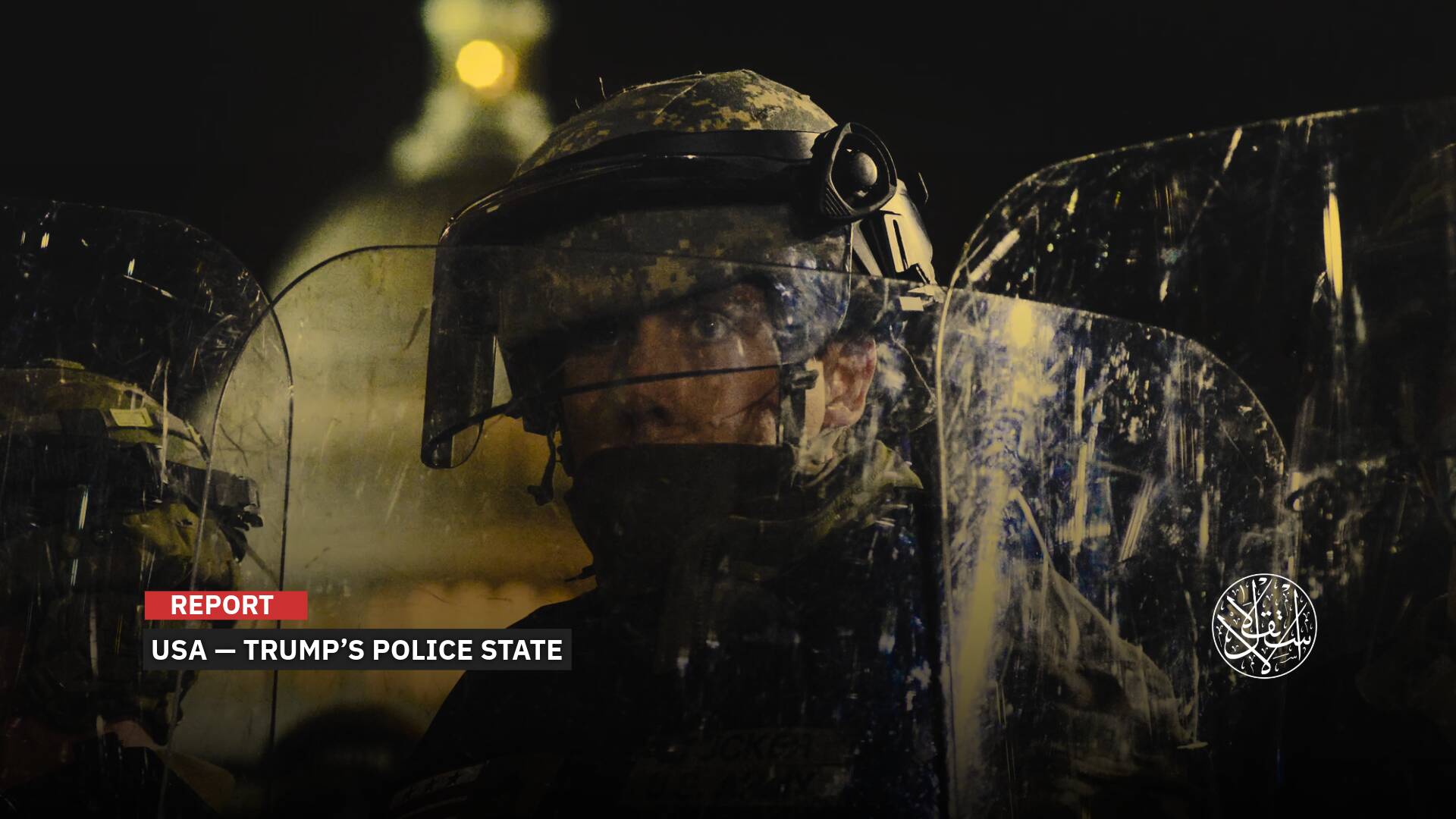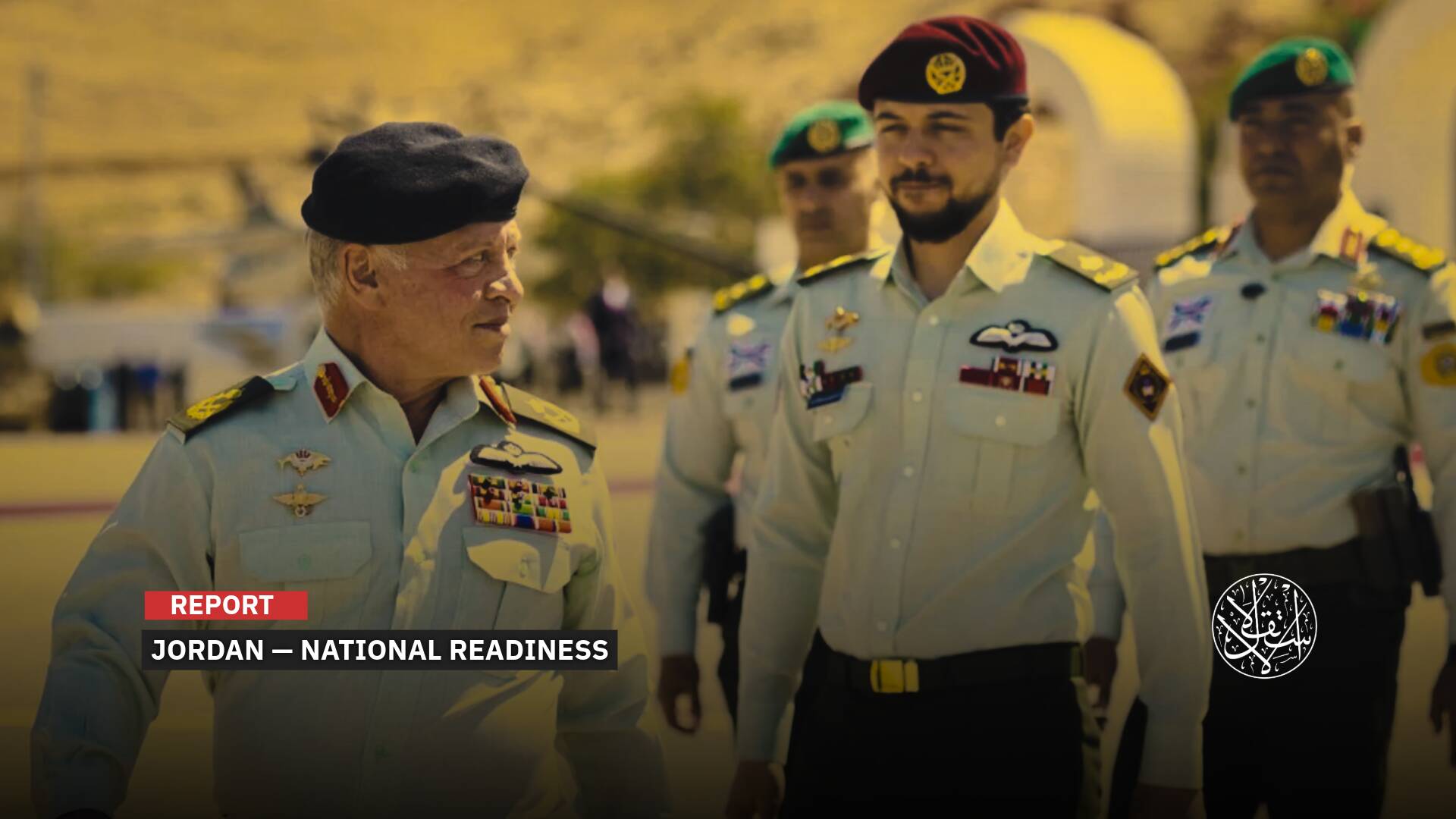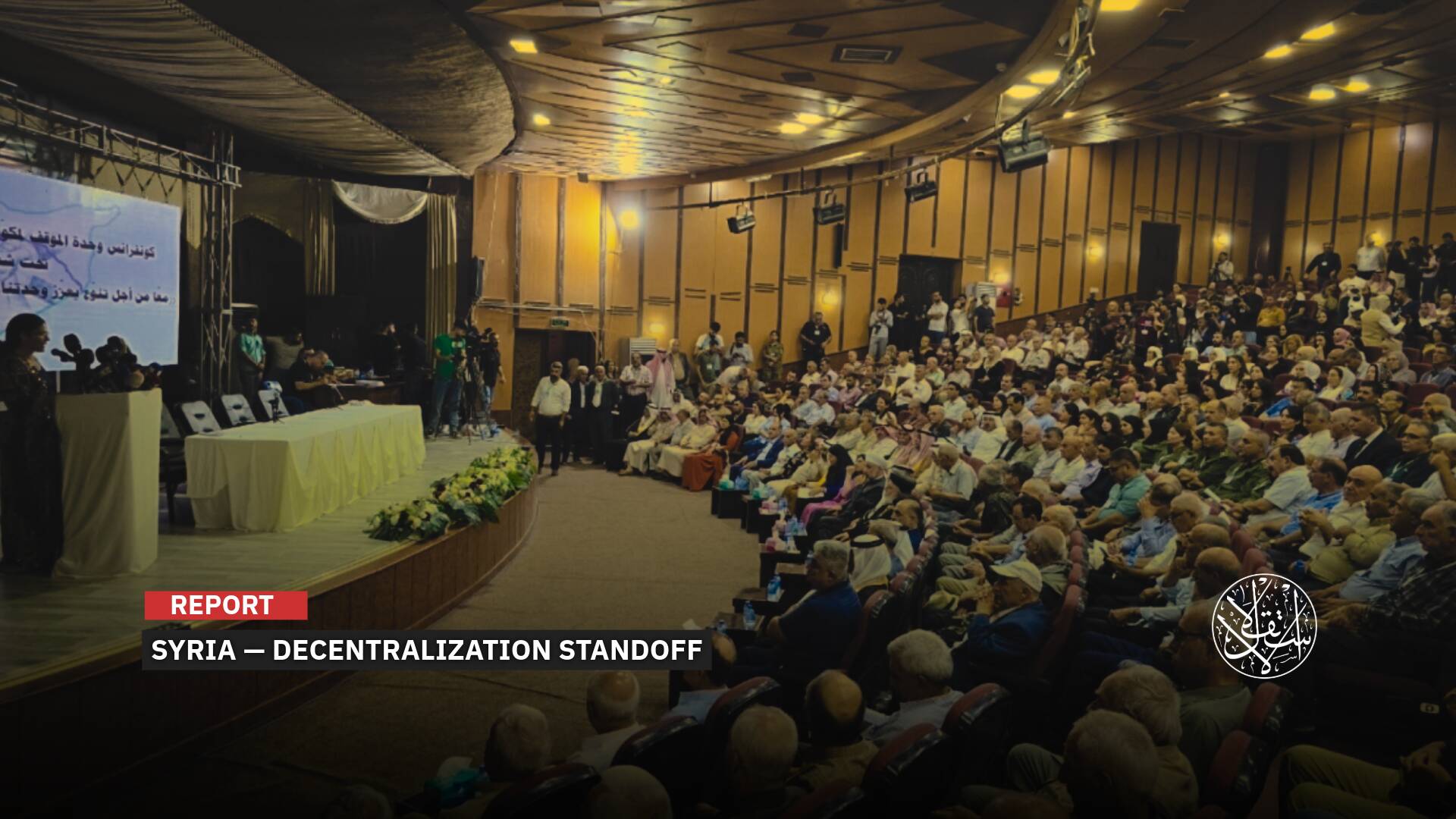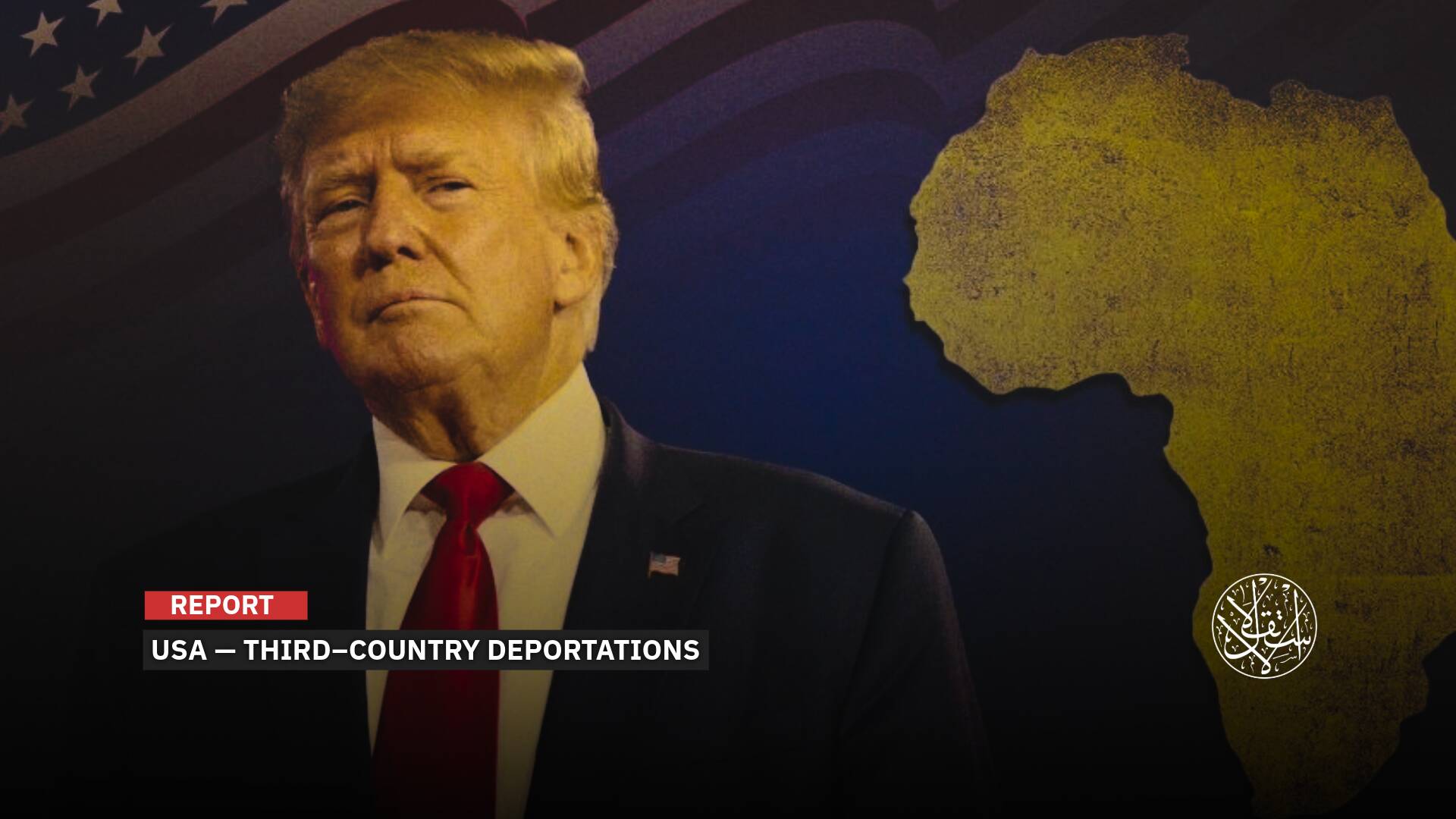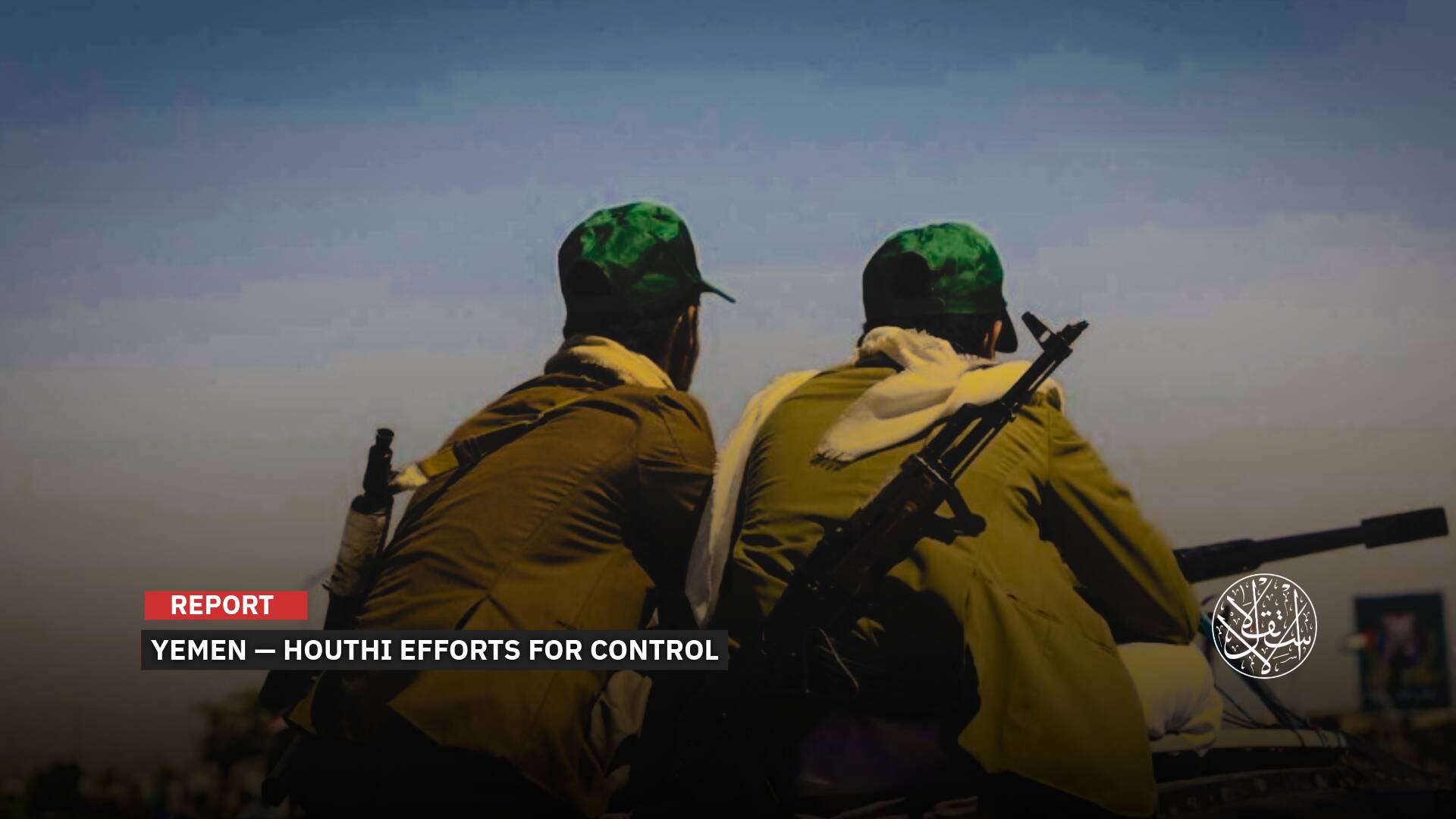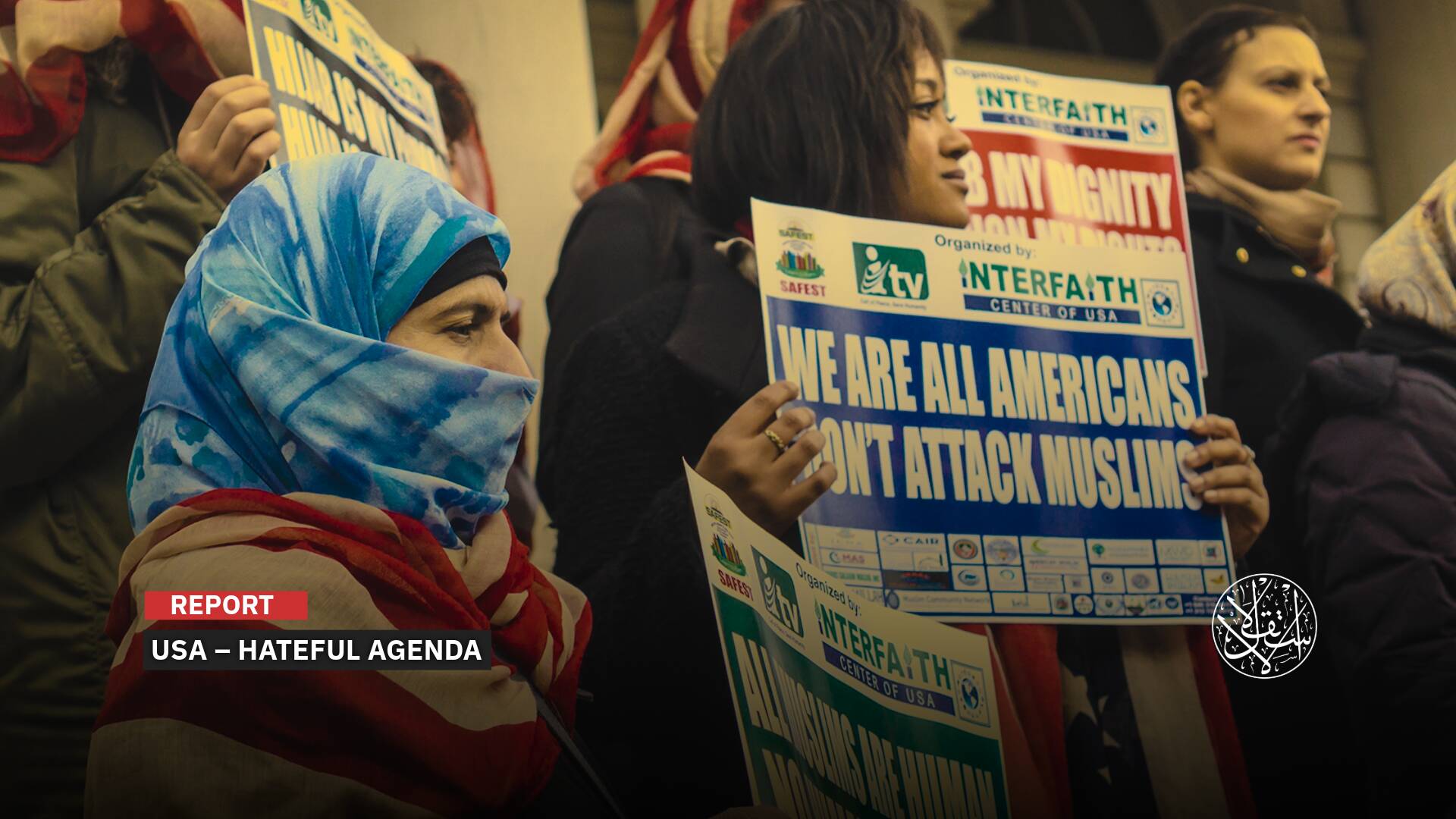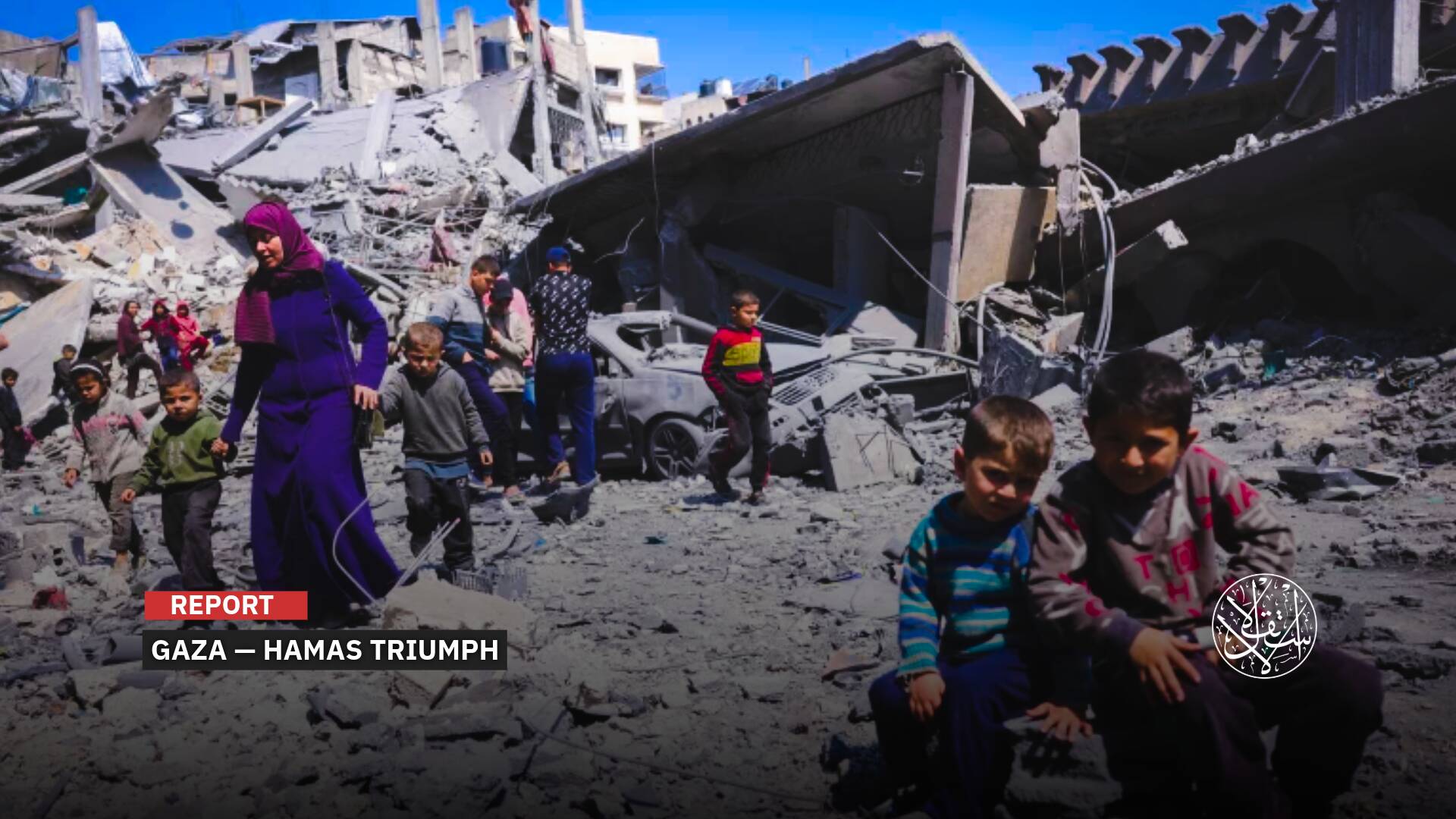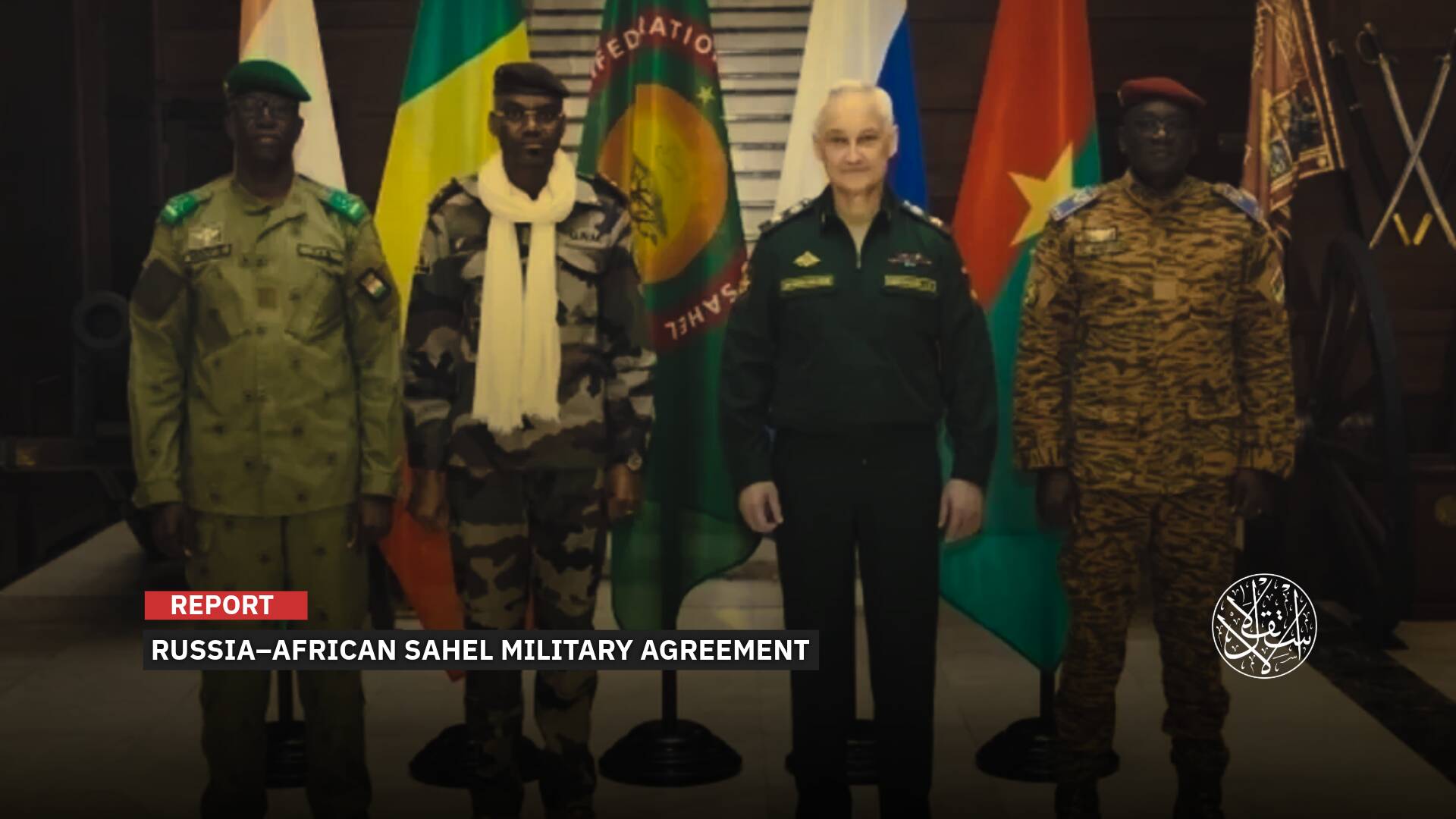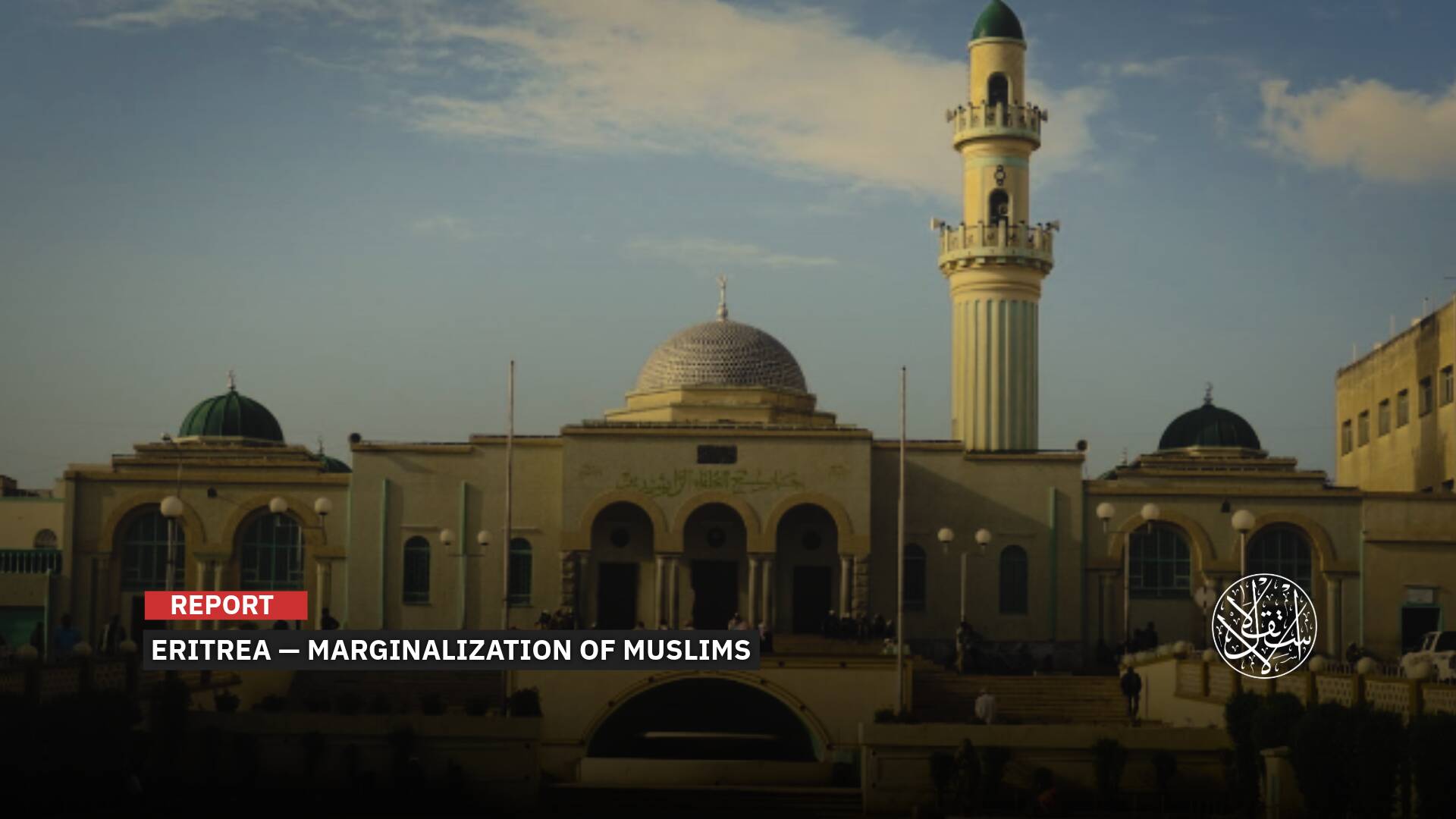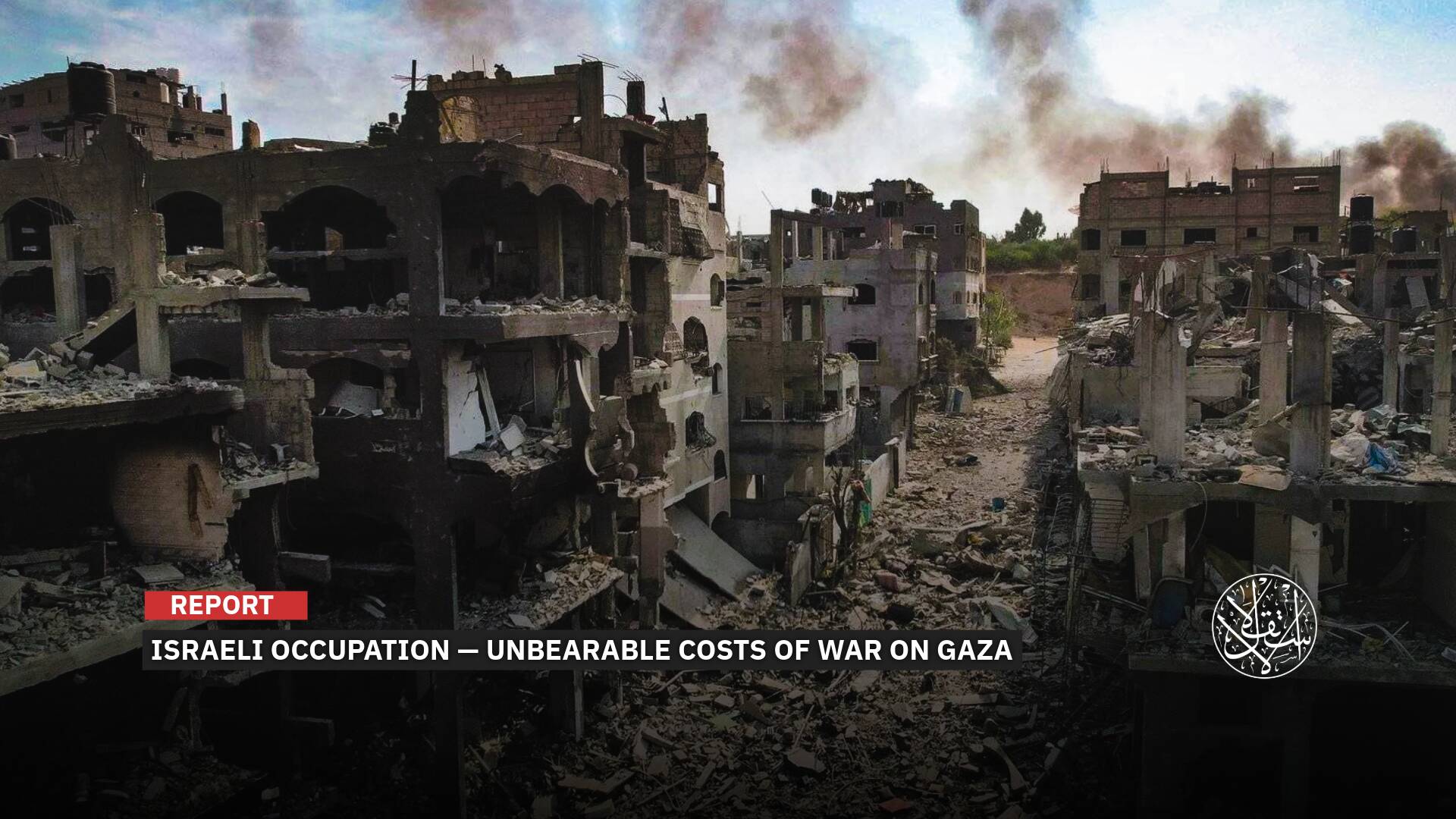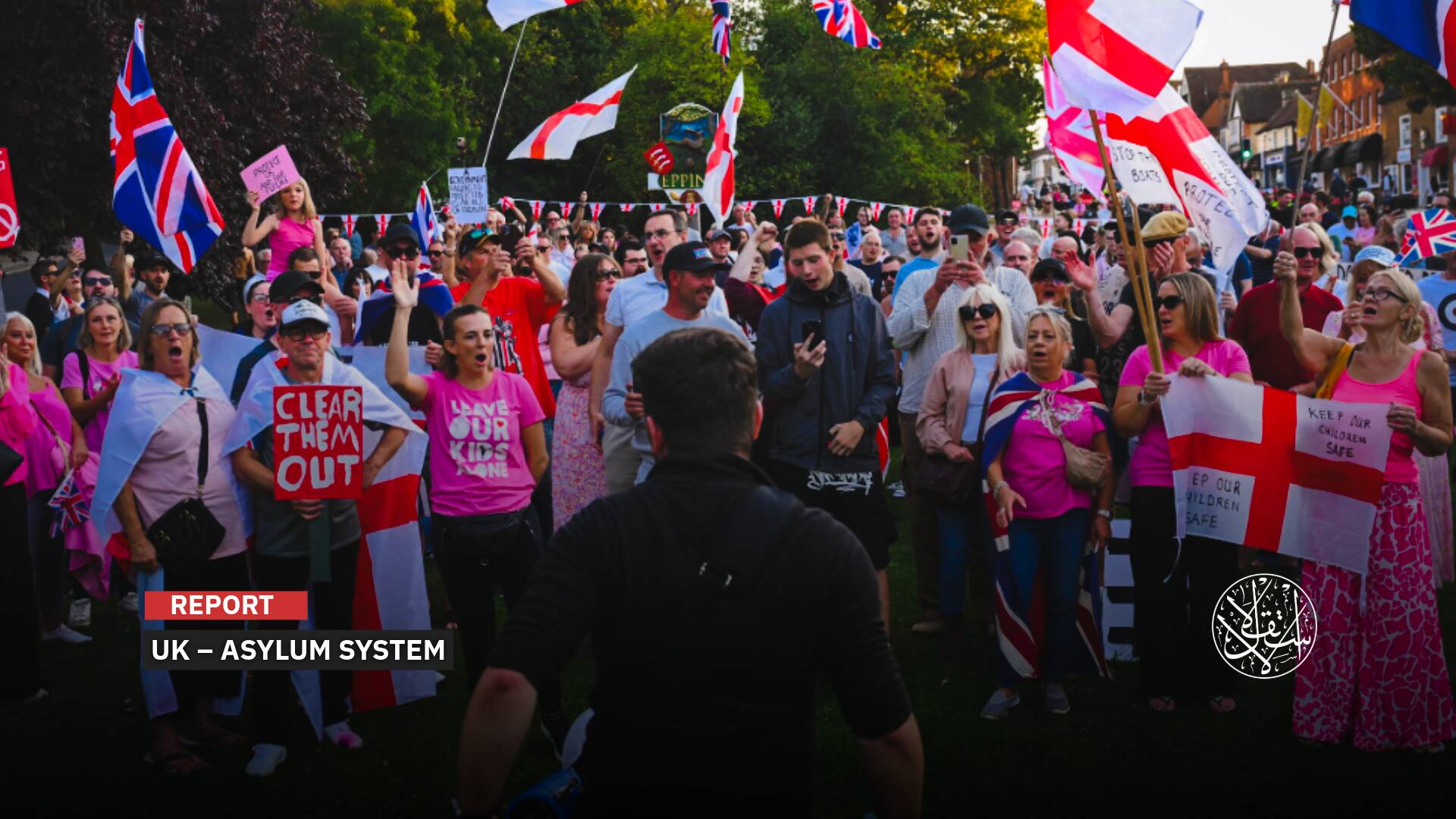Hemedti Reappears in Darfur After Long Silence: Repositioning or Hollow Rhetoric?

Hemedti’s speech came across as a calculated attempt by a leader to salvage his fading image.
In what appeared to be a bid to counter a string of setbacks, the commander of Sudan’s Rapid Support Forces militia (RSF), Mohamed Hamdan Dagalo — widely known as Hemedti — resurfaced in a rare public appearance, addressing a crowd of fighters after more than two years out of the public eye.
His last major address had come in July 2023, at the onset of the war, from the presidential palace in Khartoum.
But the appearance on June 22, 2025 — filmed in a remote area northeast of el Geneina in West Darfur — was less a show of force than a reflection of the deepening political and military quagmire engulfing the RSF militia.
The group has suffered a series of crushing blows in recent months, with its positions in Kordofan and Darfur increasingly eroded.
The appearance came just two days after the RSF militia suffered a heavy defeat in its assault on the strategic town of Babanusa in West Kordofan, on June 20, at the hands of the Sudanese Army’s 22nd Infantry Division.
Observers suggest that Hemedti had been banking on a victory in Babanusa to offset a string of recent losses and reclaim a measure of political and military momentum.
But the military failure appeared to compel Hemedti into a sudden appearance in Darfur — a move widely seen as an attempt to send multiple signals.
His speech, delivered from a remote patch of land, struck many as the gesture of a man trying to salvage a battered image, clinging to what remains of his territory, arsenal, and loyalists.
Yet pressing questions remain: Where is the state Hemedti claims to represent? What has become of his political and military project?
And crucially — is this surprise appearance in el Geneina enough to reshape the balance of power in Sudan’s war? Or is it merely the faltering maneuver of a commander running out of cards to play?
Hemedti’s Messages
Keen to break out of a long spell of isolation and reassert his image as a present and composed leader, the RSF militia chief used the occasion to deliver a series of carefully crafted political and military messages.
In a rare moment of candor, Hemedti opened his speech by acknowledging recent losses, conceding that his forces had “lost precious land and dear lives.” But the tone quickly shifted back to defiance, as he vowed to “return with dignity and honor”
While he stopped short of revealing his exact location, Hemedti hinted he remained on Sudanese soil — a veiled reference to his continued presence in RSF militia-held territory within the Darfur region.
The veiled reference was aimed as much at his adversaries as at his own rank and file, amid mounting speculation over his prolonged absence from the battlefield and rumors of his departure from the country.
But perhaps the most striking aspect of Hemedti’s speech was a newly pragmatic tone in his messaging toward neighboring states — chief among them, Egypt.
In a notable shift, he framed the RSF militia’s control of the al-Awainat Triangle, a border zone shared with Libya and Egypt, as a stabilizing force rather than a threat.
The seizure, he suggested, should be seen as a positive contribution — helping secure smuggling and migration routes — rather than a regional provocation.
Hemedti insisted he harbored no hostility toward any of Sudan’s neighbors, implying that tensions with Cairo, in particular, were the result of “criminal elements” — a reference he left deliberately vague — and could be resolved through direct dialogue rather than escalation.
He also sought to reassure residents in northern Sudan, declaring that his forces were “not looters.”
But the remark seemed aimed less at calming domestic anxieties and more at addressing Egyptian concerns, amid growing unease over the RSF militia’s movement toward areas close to the Egyptian border.
Hemedti’s Contradictions
Yet despite the conciliatory tone toward Sudan’s neighbors, Hemedti’s speech was not without contradiction.
His call for dialogue with Cairo came even as he stands accused of stoking instability along the northern frontier — deploying RSF militia units toward the Egyptian border in a move that risks disrupting trade routes and halting the flow of goods into Egypt.
Domestically, the appearance also served as a bid to reassert his grip over the RSF militia’s leadership, amid mounting criticism of his brother and deputy, Abdul Rahim Dagalo, following the collapse of negotiations with the "Tassiss (establishment) Alliance" over the formation of a parallel government in RSF militia-controlled areas.
Lurking behind the speech was another message — one aimed not at rivals, but at wavering allies.
With cracks beginning to show within his camp, Hemedti appeared equally intent on reassuring a support base that has grown increasingly uncertain.
With this latest address, Hemedti appeared to be repositioning himself — a warlord recasting his image as a messenger of peace, a militia leader striving to project the aura of a statesman.
But how far can soft language go in salvaging a reality that is unraveling both militarily and politically? His pattern of surfacing briefly only to retreat again has left many questioning his credibility and deepened the controversy surrounding his role in Sudan’s ongoing conflict.
Tellingly, Hemedti’s last documented appearance before the el Geneina speech wasn’t from a podium or in front of a crowd.
It came via a pre-recorded video released on March 13, 2025, in which he — for the first time — admitted that his forces had lost strategic positions in Khartoum to the army.
In that recording, Hemedti also sought to reassure his fighters, insisting that the loss of key military sites — including the General Command, the Signal Corps in Bahri, the town of Jili, and even Wad Madani — should not dampen their morale.
He claimed that RSF militia would not withdraw from Khartoum, and that they remained capable of retaking those areas, just as they had done before.
What proved most striking, as reported by Sudanese and Arab media at the time, was Hemedti’s complete absence from public view following that video — a silence that lasted until his recent reappearance, fueling widespread speculation about his whereabouts and condition.
That prolonged absence dealt a severe blow to the morale of his fighters, prompting hundreds to withdraw from Khartoum and return home to Darfur, according to activists and field officials.

Control Map
Since the army declared full control over Khartoum on May 20, 2025, the military map of Sudan has appeared to redraw the contours of the conflict with unprecedented clarity.
Khartoum, the symbolic and political capital, is no longer a battleground but has become an exclusive stronghold of the army.
Alongside it, the area under complete military control has expanded to encompass ten states, stretching across the country’s heartland, east, and north.
While the army has consolidated its grip over Gezira, Sannar, Blue Nile, and White Nile states, it has also strengthened its presence in the east through control of Kassala, Gedaref, and the Red Sea states, extending northwards to bring both Nile River and Northern states firmly under its command.
This strategic expansion dramatically shifted the balance on the ground, forcing the RSF militia into a western retreat, effectively confining them geographically within Darfur and Kordofan.
In turn, Hemedti’s militia has been left clinging to the Darfur region, where it still maintains full control over its four states — East, South, Central, and West Darfur — though the city of al Fashir, the capital of North Darfur, remains under army control despite the RSF militia’s dominance over much of the state.
Kordofan, meanwhile, has become an open arena for a delicate power-sharing contest between the two sides. In North Kordofan, the army retains firm control of el Obeid, the region’s demographic and military hub.
Alongside el Obeid, key towns such as Umm Ruwaba, Rahad, Sheikan, and Um Dam Haj Ahmed remain under army control, while the RSF militia holds positions in Bara, al Mazroub, Umm Sayala, and Umm Qirfa.
In West Kordofan, control is more clearly divided. The army commands Babanusa, al-Khoei, Hajlijah, and al Meiram, whereas the RSF militia retains a firm grip on En Nahud, el Fula, al Majlad, and Abu Zabad.
South Kordofan has tilted heavily in favor of the army, which now controls around 90 percent of the state’s towns and territories, including Kadugli, the capital, as well as Dilling, Abu Jubaiha, Heiban, and Kadugli. The city of al-Dibibat remains the sole RSF militia-held enclave.
This clear geographic shift has led to a complete contraction of the battlefield, with fighting now confined to the Darfur and Kordofan regions, as clashes across the North, East, and Central states have subsided.
Thus, while the war rages on, it has become more geographically focused and appears to be approaching a decisive phase.
The army continues its advance deeper into contested territory, while the RSF militia strive to consolidate their hold over the remaining unstable terrain.

Hollow Speech
Abu Bakr Abdel Razek, a former member of the National Congress Party, described Dagalo’s (Hemedti’s) recent speech in West Darfur as “a desperate attempt to don the mantle of a statesman, while the reality on the ground tells a very different story.”
Speaking to Al-Estiklal, Abdel Razek said, “Hemedti tried to suggest through his speech that he is embarking on a societal rehabilitation and forming a new formal force, but at the same time, he slipped into branding 90 percent of Sudanese as criminals.”
“This stark contradiction exposes a failed effort to reclaim lost legitimacy with words, not actions.”
“Hemedti and his militias seek to monopolize virtue in a country devastated by this very militia mentality,” as he put it.
He noted that Hemedti “intensified his external messaging in the speech, particularly towards Egypt — a country he had previously accused of bombing his forces after the defeat at Jabal Moyeh in 2024 — yet he now presented himself as a peace-seeker eager for dialogue.”
Abdel Razek described this as a “blatant pragmatic maneuver,” adding that “Hemedti understands that Egypt is an unignorable regional power, and so he is attempting to win its favor, especially amid escalating tensions along the northern border.”
He also pointed to Hemedti’s “flirtation with the European Union by invoking the issue of combating illegal migration — a role he previously played in Sudan’s western desert.”
According to Abdel Razek, “he no longer holds any real value today, amid the deterioration of his political standing and allegations of widespread atrocities committed by his forces.”
“Hemedti’s speech was not isolated from a broader, organized public relations campaign, especially as it coincided with the ‘Sumood’ alliance tours across Africa, led by Abdalla Hamdok, raising questions about behind-the-scenes coordination between divergent actors, each vying to position themselves as an alternative to the central government,” he added.

Hemedti’s Reality
The Sudanese politician explained that Hemedti’s condemnation of the Iranian attack on al-Udeid Air Base in Qatar appeared to be an attempt to present himself as a responsible international actor, despite Doha’s status as one of the Sudanese government’s strongest backers.
“This reveals confusion in regional alignments and a lack of clear strategic vision,” he said.
On the internal reality of the RSF militia, Abdel Razek remarked that “rhetorical attempts at polishing the image cannot conceal the growing collapse within Hemedti’s ranks.”
“Fighters are complaining about the lack of salaries and medical care, with wounded personnel in Nyala staging protests against regional discrimination and having to pay for their own treatment.”
“There have been cases of mass desertion across several fronts — including al-Dibibat, Jabra al-Sheikh, and Bara — driven by successive losses and intensified airstrikes by the army.”
“Even the clip capturing the closing moments of his speech felt absurd — mercenaries withdrawing while chanting phrases dripping with frustration: ‘onions, onions, sleeping [...] strange money,’ local expressions mocking the state of affairs,” Abdel Razek said.
Abdel Razek also voiced concern over the presence of children in military uniforms among the crowd, describing the continued recruitment of minors as a troubling sign of a complete breakdown in discipline within the forces. “The faces of those present revealed more tension and confusion than enthusiasm or loyalty,” he observed.
Abdel Razek concluded his remarks by asserting that Hemedti’s speech “was nothing more than a desperate attempt to patch up a crumbling image.” He added, “The man appeared, but failed to convince. The gap between him and reality is widening, and legitimacy is not regained through words but through actions.”
“After everything we’ve seen, does Hemedti still possess enough power and control to be part of Sudan’s future? Or is he teetering on the brink of a final downfall?” He said, “I believe it is the latter, and that his entire project is in its last gasps.”
Sources
- Hemedti: “We Have Reconsidered Our Calculations… No Problem with Egypt and We Seek Dialogue” [Arabic]
- Behind the Messages Carried by Hemedti’s Speech to His Forces [Arabic]
- An Analysis of Hemedti’s Speech [Arabic]
- Strategic Cities… The Keys to the Sudanese Army’s Defeat of the Rapid Support Forces [Arabic]
- The Military Control Map of Sudan [Arabic]


